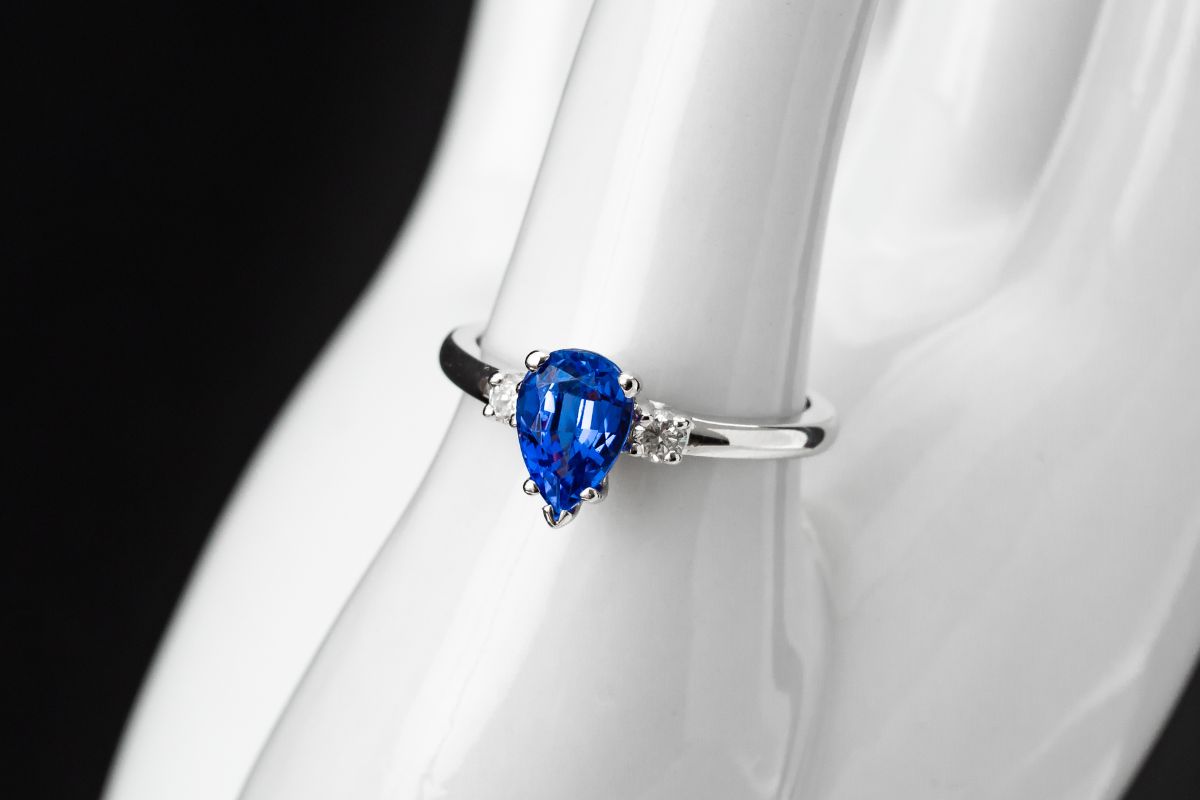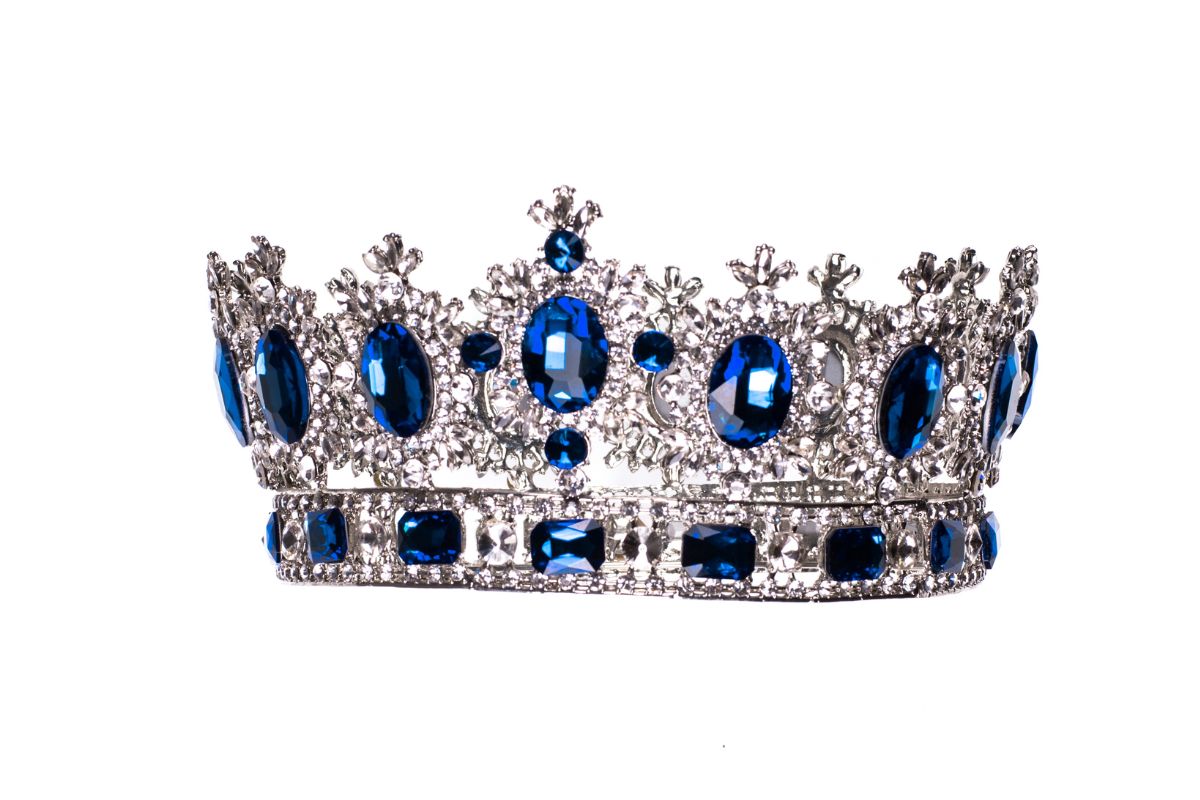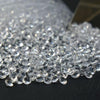
Is Sapphire Expensive? Understanding the Value of This Precious Gem
Sapphire, a precious gemstone known for its striking blue hues and remarkable hardness, carries a reputation for being expensive. Beyond adornment in jewelry, its durability and transparency have made it a preferred material for high-end watch crystals, military windows, and even smartphone screens. The cost of sapphire is largely influenced by the quality, size, and cut of the stone. High-grade sapphires with a vivid blue color, clarity, and excellent cut command premium prices in the gemstone market.
The expense of sapphire can also be attributed to the challenging production process. Extracting and processing natural sapphires requires significant resources and effort, factors which are reflected in their price. Additionally, synthetic sapphire production, while less costly than mining, involves intricate and costly methods like the Verneuil process or Czochralski pull method, making even lab-grown sapphires a considerable investment.
Your interest in sapphires may also lead you to explore their applications beyond jewelry. Advancements in techniques have allowed for the use of sapphires in various industries where durability and resistance are crucial. For instance, the development of low-cost sapphire windows has been a focus in engineering fields, while their employment in sensors and electronics continues to grow, signaling the broadening utility of this remarkable mineral.
The Allure and Rarity of Sapphires
Sapphires have long been treasured for their vibrant colors and regal associations. Known for their durability and rarity, these gemstones carry within them a legacy of luxury and wisdom that spans both history and geography.
History and Symbolism
Historically, sapphires symbolize nobility, truth, and sincerity. Throughout the ages, monarchs wore them as protection from harm and to foster wise judgment. Today, the blue sapphire remains a classic representation of wisdom and royalty.
Sapphire Sources and Geographic Significance
Sapphires are sourced globally, with significant deposits in Sri Lanka, Myanmar (formerly Burma), Kashmir, Australia, and parts of Asia. Yellow, green, and pink sapphires typically hail from Sri Lanka, while Kashmir sapphires are famed for their cornflower blue hue. Each source contributes to the rarity and value of these gemstones.
Color and Varieties
The diversity of sapphire colors is remarkable, ranging from classic deep blue to pink, purple, yellow, and green. The rarest of them all, the padparadscha sapphire, boasts a pink-orange color that is highly prized. The Kashmir sapphire famously exhibits a velvety cornflower blue color with unmatched saturation and hue.
Famous Sapphires and Their Legacy
Notable sapphires, such as the Star of India, hold a legacy that echoes through time. The allure of sapphires is illustrated by their prominent presence in world-famous jewelry collections and their recurring role as the centerpiece in royal heirlooms.
The Role of Inclusions and Asterism
Inclusions in sapphires, such as silk or needles, need not detract from their appeal. In some cases, these mineral inclusions can lead to the coveted asterism effect in star sapphires. The intersecting lines of asterism provide a unique and captivating feature, enhancing the gemstone’s beauty and value.

Sapphire Evaluation and Pricing
Sapphire pricing is a complex process influenced by multiple factors. Your understanding of these will ensure that you can make informed decisions about purchasing these valuable gemstones.
Understanding Carat and Weight
The carat weight of a sapphire significantly affects its price. A larger gemstone will generally be more expensive per carat than a smaller one due to rarity. Carat refers to the gemstone's weight, with one carat equaling 0.2 grams.
Cut, Shape, and Faceting Influence
The cut and faceting of a sapphire impact its overall appearance and, consequently, its value. A well-executed cut can enhance the gemstone's brilliance and somehow compensate for color or clarity flaws. Common shapes like round or emerald may be more readily available, but a unique cut might increase the sapphire's value.
Color Considerations and Saturation
Color is a defining attribute when evaluating sapphires. Blue sapphires are the most well-known, but pink, yellow, and green sapphires are also coveted. You should look for vivid saturation without color zoning or extinction. High-quality padparadscha sapphires, which feature a blend of pink and orange hues, are particularly prized.
Clarity and Purity
Clarity refers to the absence of inclusions or blemishes. While no sapphire is perfectly pure, a stone with fewer visible inclusions is generally more valuable. Since sapphires are typically less included than diamonds, even those with slight inclusions can maintain good transparency and be considered of high quality.
Comparative Value to Diamonds
Sapphires are often perceived as an alternative to diamonds, second only in hardness and, therefore, durability. While they are generally less pricey than diamonds, certain sapphires, like the Kashmir and Ceylon varieties, can reach or even exceed diamond values due to their rarity and desired color.
Market Trends and Rarity Impacts
Market trends can affect sapphire pricing as consumer preference shifts. However, rarity remains a constant influence; rare sapphires, such as those from Kashmir, command higher prices. You'll find that rare stones with an optimal combination of size, color, and clarity are considered the most valuable and command the highest prices in the market.
Sapphire Purchase Considerations

Before making a sapphire purchase, it's essential to consider factors that affect its value and authenticity. Whether you're eyeing a sapphire for an engagement ring or as a piece of jewelry investment, understanding these aspects ensures you make an informed decision.
Identifying Authenticity and Quality
Authenticity and quality are paramount when purchasing sapphires. Look for vibrant color and minimal inclusions, as these traits indicate a high-quality gemstone. A genuine sapphire should have a rich, deep blue hue, although they come in a variety of colors. Be mindful of treatments such as heat treatment, which is common but should be disclosed by the seller.
New Versus Vintage Sapphires
New Sapphires: These are contemporary cut and may come with modern design elements, often fetching a higher price due to their current crafting techniques.
Vintage Sapphires: Carrying the allure of history, vintage sapphires are sourced from antique jewelry and may come with a legacy of royalty. Their value is not only in the gemstone but also in the historical significance and craftsmanship of the period.
Synthetic vs. Natural Sapphires
Synthetic Sapphires are created in laboratories and offer a more affordable alternative without the natural inclusions found in mined stones. Natural Sapphires, conversely, are valued for their rarity and unique natural characteristics, which often make them more expensive and sought after, especially for significant pieces such as an engagement ring.
The Role of Certification and Appraisal
Certification from reputable institutions like GIA ensures that your sapphire's quality and authenticity are verified, which is essential for both natural and synthetic stones. An appraisal provides valuable information on your sapphire's market value, which can be particularly useful for insurance purposes or if considering it as an investment. Make sure to request these documents during your purchase to confirm the gemstone's value.

Jewelry Design and Craftsmanship
When it comes to jewelry that combines sophistication with durability, sapphire stands out as a gemstone of choice. Its renowned hardness and array of colors make it ideal for different jewelry styles, from modern to vintage.
Incorporating Sapphires into Jewelry
Sapphires, known for their exceptional durability and vibrant colors, are frequently used in jewelry that's meant to last. Whether you're considering a sapphire engagement ring or a birthday gift, remember that sapphires are the birthstone for September, symbolizing wisdom and virtue. The gemstone’s cut plays a pivotal role in enhancing its inherent beauty, with shapes such as oval, round, cushion, and emerald cuts being popular choices.
Design Styles and Metal Settings
When set in metal, sapphires offer a striking contrast that can highlight their vivid hue. The traditional elegance of gold provides a warm backdrop, while the cool sheen of platinum or white gold enhances the sapphire's deep blue color. For those seeking a piece with history, vintage sapphire jewelry often features intricate metal work that harkens back to the styles favored by queens and nobility. Conversely, modern sapphire pieces flaunt sleek lines and minimalistic settings that put the emphasis on the gemstone itself.
Maintenance and Care for Sapphire Jewelry
Maintaining your sapphire jewelry's luster involves regular cleaning and proper storage. Use a soft toothbrush with mild soap and warm water to gently remove any buildup. It's also important to have your jewelry checked for loose settings periodically. With proper maintenance, your sapphire pieces can uphold their romance and elegance for a lifetime, much like the enduring bond they often symbolize in an engagement ring. Always store your sapphire jewelry separately to protect it from scratches, as its hardness can damage other pieces.
The Physical and Chemical Properties of Sapphire
| Property | Description |
|---|---|
| Chemical Composition | Aluminum oxide (Al2O3) |
| Crystal System | Hexagonal |
| Hardness | 9 on the Mohs scale, making it one of the hardest gemstones. |
| Color | Varies widely, including blue, pink, yellow, green, and more. |
| Cleavage | None |
| Luster | Adamantine (glass-like) |
| Transparency | Transparent to opaque |
| Refractive Index | Average nD = 1.762 - 1.770, nB = 1.770 - 1.779 |
As you explore sapphires, you'll find that their value goes beyond mere aesthetics. Their remarkable hardness, chemical composition, and the phenomena affecting their color are critical to both their quality and durability.
Sapphire Hardness and Durability
Sapphires are renowned for their exceptional hardness and durability, scoring a 9 on the Mohs scale which measures the scratch resistance of various minerals. This makes sapphires the second hardest gemstone after diamonds, which rate a perfect 10. Their robust structure means sapphires are resistant to scratches and abrasions, making them ideal for jewelry that withstands daily wear.
Corundum and Trace Elements
At its core, sapphire is a form of corundum, an aluminum oxide mineral with a basic formula of Al2O3. However, it's the trace elements within the corundum, like iron, titanium, chromium, copper, and magnesium, that can affect the quality and color of the gemstone. For instance, the presence of iron and titanium can produce the signature blue in most sapphires.
Color Change Phenomena and Luster
Color change sapphires exhibit a unique quality where their color changes under different lighting. For example, a sapphire might display blue in daylight but shift to a purplish hue under incandescent light. This optical phenomenon adds to the gemstone's allure and value. The luster of a sapphire, which is the way it reflects light, contributes to its visual appeal. A quality sapphire should have a vitreous, or glass-like, glow that enhances its beauty.
Cultural and Historical Context

Sapphires have been revered for centuries both for their beauty and the significances attributed to them. Your understanding of their value is deepened by exploring their historic uses and continued influence in modern culture.
Historic Uses and Mythological Significance
Historically, sapphires have been associated with royalty and wisdom. These precious gems were often worn by kings and queens as symbols of good fortune, virtue, and holiness. For instance, the British Crown Jewels contain numerous large blue sapphires, indicating the stone's longstanding connection with monarchy. Moreover, sapphires are September's birthstone, signifying purity and clarity to those born in the month. In mythological contexts, they have been touted for their protective properties, with some beliefs suggesting that sapphires could shield their owners from envy and harm.
Sapphires in Modern Culture and Media
In modern culture, sapphires still hold a place of distinction and are often featured prominently in media portraying themes of luxury and rarity. The allure of sapphires has not diminished in pop culture, where they are frequently the centerpieces of jewelry in films and television, representing class and sophistication. Their appearance in mainstream media often carries connotations of wealth and elegance, further cementing their status as a sought-after commodity. As with historic times, the presence of a sapphire can signal the importance or high standing of a character within a narrative.
Frequently Asked Questions
Understanding sapphire pricing is pivotal when considering a purchase. This section addresses your primary concerns related to the cost and value of sapphires.
How does the price of sapphire compare to diamond?
Sapphires are often more affordable than diamonds, although the finest sapphires can command high prices. The rarity and demand for both stones influence their market value.
What factors contribute to the cost of sapphires?
The cost of sapphires is determined by factors such as their color, clarity, cut, carat weight, and origin. A high-quality sapphire with a deep, vivid color may be more expensive.
How is the value of a sapphire determined by its color?
Color is crucial; the most valuable sapphires exhibit a deep and saturated blue. Known as "royal blue," these sapphires command a premium in the market.
Can the size of a sapphire affect its price significantly?
Yes, the size of a sapphire can dramatically impact its price. Larger sapphires are rarer, and thus their prices increase exponentially with carat weight.
Why might some sapphires be considered more affordable?
Lesser-known or less desired colors, lower clarity, or the presence of treatments can make some sapphires more affordable.
What is the current market range for sapphire prices per carat?
The price range for sapphires can vary widely from as little as $25 per carat for commercial quality stones to over $10,000 per carat for exceptional specimens.
Checkout some of our top collections:
- Moissanite Engagement Rings
- Moissanite Earrings
- Moissanite Bracelets
- Moissanite Solitaire Engagement Rings
- Moissanite Mens Engagement Rings
- Moissanite Princess Cut Stones
- Lab Grown Engagement Rings
- Lab Grown Diamond Earrings
- Lab Grown Diamond Wedding Bands










